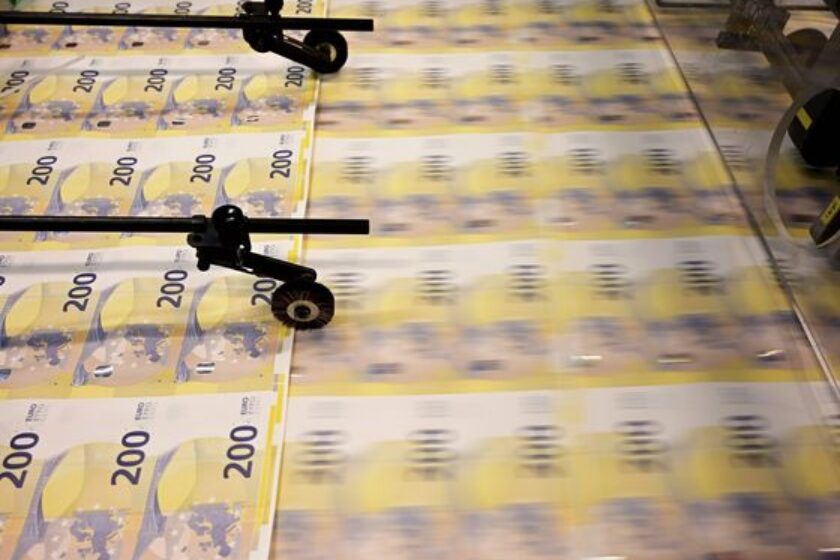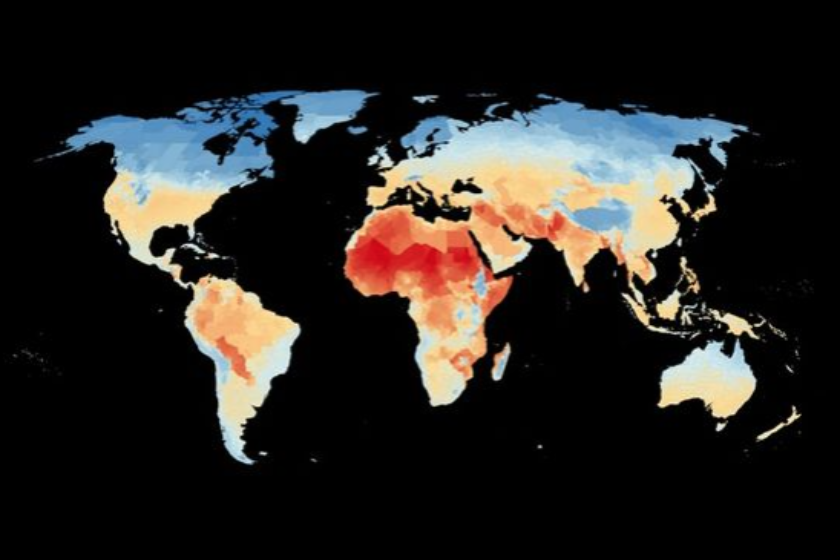- Worldwide coronavirus cases surpass 107.2 million with over 2,345,000 official deaths.
- US Equity markets continued to register record levels over the past week.
- While the market awaits the passage of the $1.9 Trillion US bailout bill, Treasury secretary Yellen says the US could hit full employment next year if the stimulus bill is passed, potentially suggesting interest rates could rise sooner than expected.
- US Non-Farm Payrolls rose less than expected at +49k, but the unemployment rate fell to 6.3% from 6.7% on the back of a decline in the participation rate.
- New Zealand Q1 inflation expectations jumped to 1.89% from 1.59% prior.
- The Bank of England leaves interest rates unchanged at 0.10% and maintained its QE program at current levels.
- UK like for like retail sales +7.1% y/y bs +4.8% prior.
- Canadian employment change comes in much worse than expected at -212.8k, but much of the decline was as a result of Covid restrictions put in place late last year in Quebec and Ontario.






